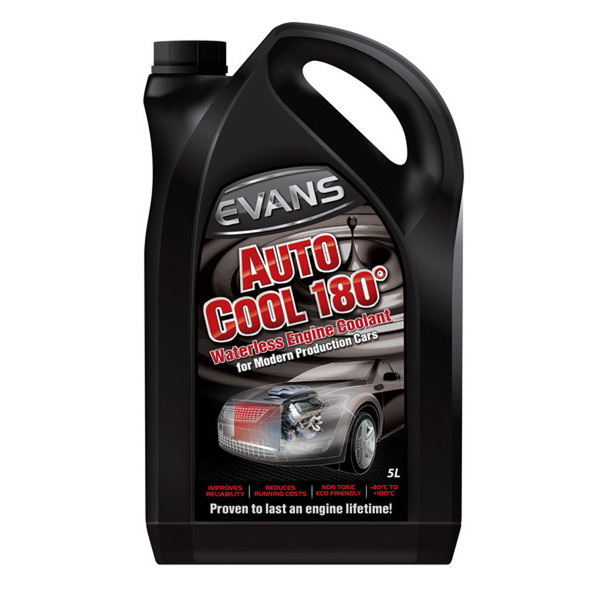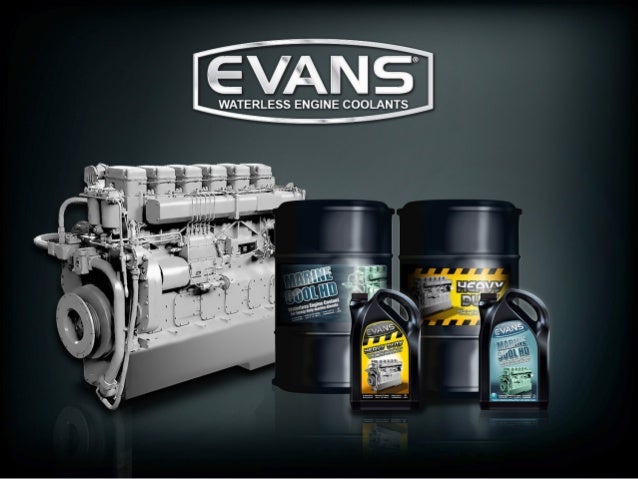
You’ll receive the same heat transfer qualities found in other coolant options, but with additional advantages which improve the reliability of the engine. Instead of containing water, it offers a glycol-based fluid that reduces (or eliminates) the problems seen in water-based cooling systems. That is why waterless coolant is an alternative to consider for any vehicle.Įvans Waterless Coolant is one example of this product option. Any coolant option which contains water promotes overheating and may contribute to premature engine corrosion. Even when you purchase antifreeze for your vehicle, most manufacturers encourage you to cut the coolant in half with water. If these parts are plastic on your machine and you ride in extreme conditions for long periods of time, replace the plastic parts with metal ones.The traditional coolant used for keeping engines at their proper temperature contains 50% water. With waterless coolant, the engine will continue to run fine with restricted airflow, although it is possible that the plastic parts in the cooling system, such as the pump impeller or fittings holding the radiator hoses together, can melt. If you don’t let the engine cool down or refill it, you will damage the engine. In long, hard races where the terrain is muddy, it is possible that mud can get packed into the radiators and restrict airflow and engine cooling. It can’t, however, retain its lifetime use with water added and will go bad within a few years. Evans Coolant will still protect with up to 60 percent water.

A waterless coolant that meets the ASTM standards can have up to 10-percent water and still retain its anti-corrosion properties. Many waterless coolants, including Evans’ old formula, would corrode with an addition of only 3-percent water. So before making a purchase of waterless coolant, make sure it meets the ASTM standards to ensure you are investing in a high-performance product. The ASTM, the organization that sets the bar in over 12,000 technical standards worldwide, has a waterless-coolant standard. With water added, it will behave just like regular coolant and lose the waterless-coolant benefits. You can add water or regular coolant to the system with no issues. If you have waterless coolant in your system and it is low and you didn’t bring extra waterless coolant to the track, don’t worry.

It must be said that if there is residual water still in the system (over 3 to 5 percent), vapor pressure will build. There is moderate pressure build-up from a 7-percent fluid expansion, so if you open the radiator cap when the coolant is hot, it may spill out a few tablespoons, but it doesn’t have the vapor pressure that can blow up in your face like regular coolant. Waterless coolant doesn’t build vapor pressure in the system. Stable additives are added to the waterless coolant so the coolant never goes bad, whether it is used or still sitting in the container, so it never has to be replaced. Waterless coolant additives do not fall out of solution as with regular coolant. Instead of expanding when frozen, like water does, without the water, the coolant actually decreases in volume.

The boiling point of waterless coolant is 375 degrees Fahrenheit and it freezes at -40 degrees Fahrenheit. They let us in on some secrets, good and bad, on the effects of waterless coolant.

There are a few waterless coolant companies on the market, but only one markets worldwide and is highly involved in the motocross industry. Waterless coolant is made up of the same basic glycols as regular coolant but operates much differently without the water. Let’s state the obvious: waterless coolant is different from regular coolant because there is no water in it.


 0 kommentar(er)
0 kommentar(er)
